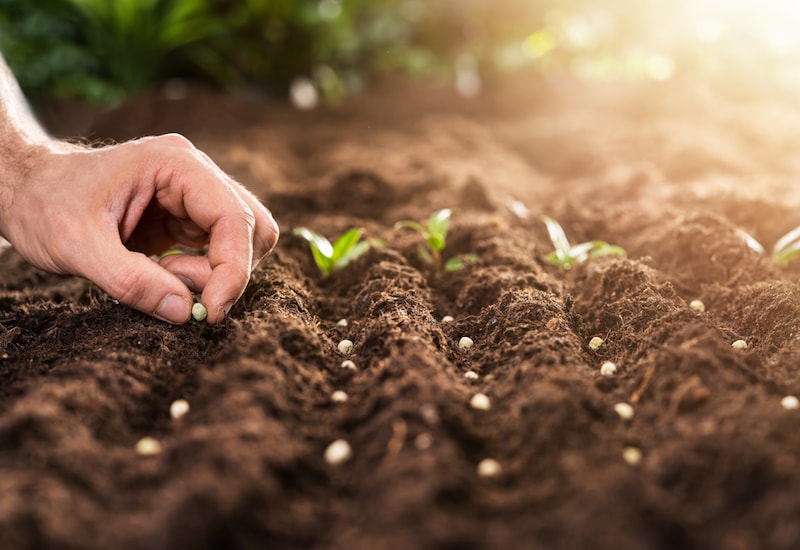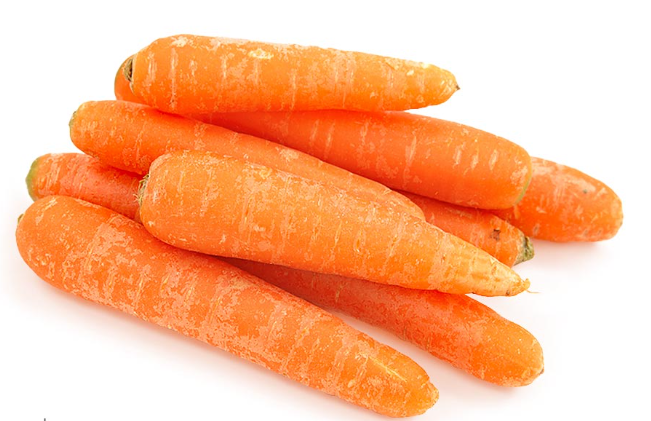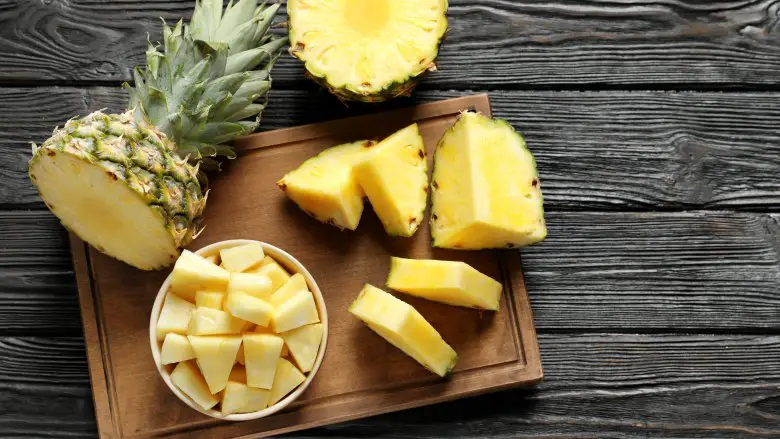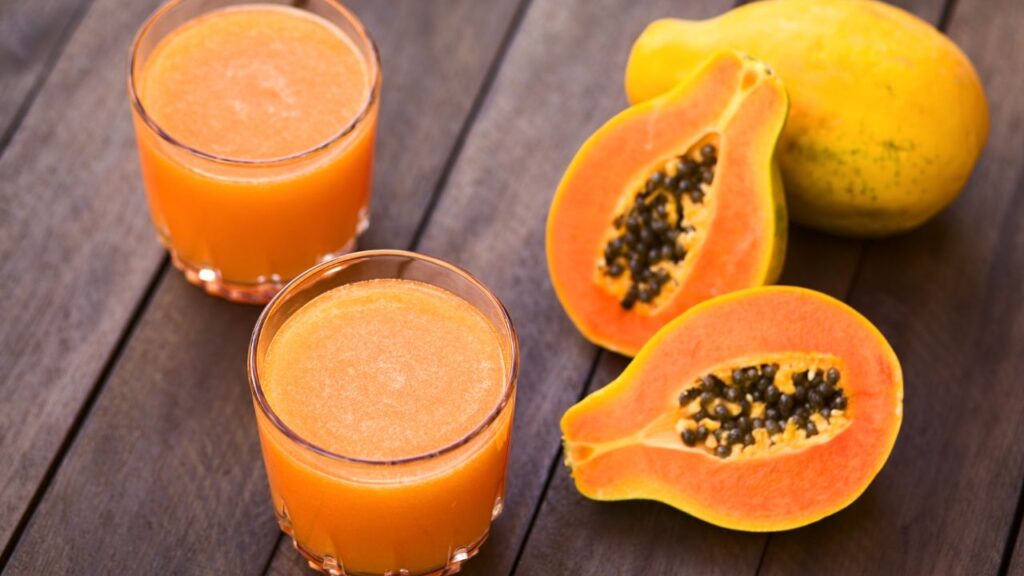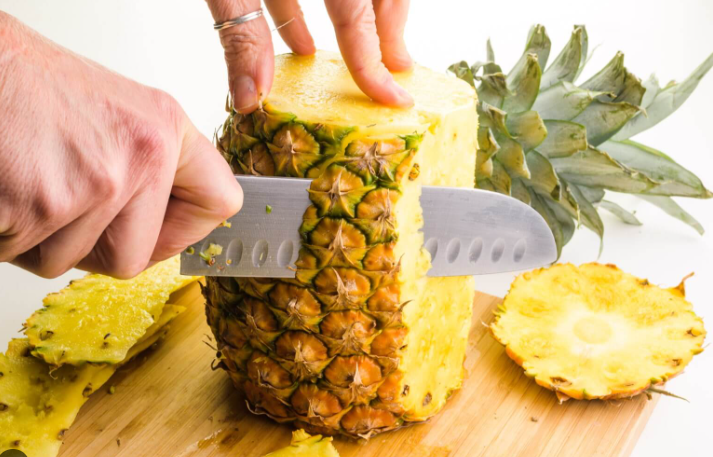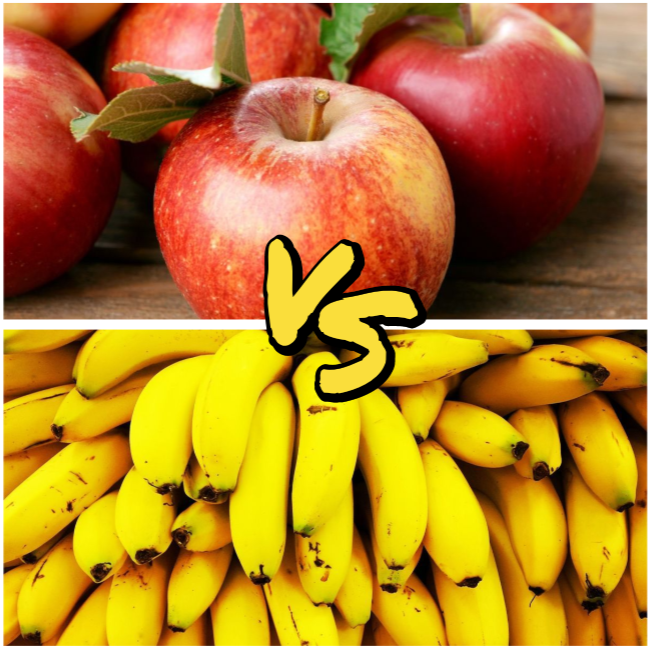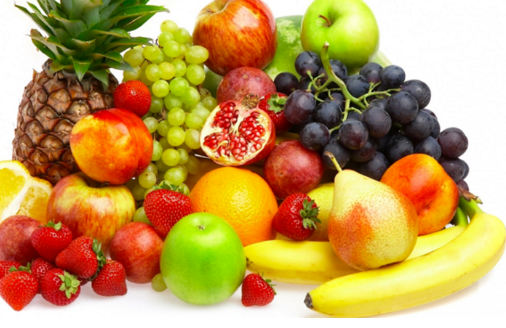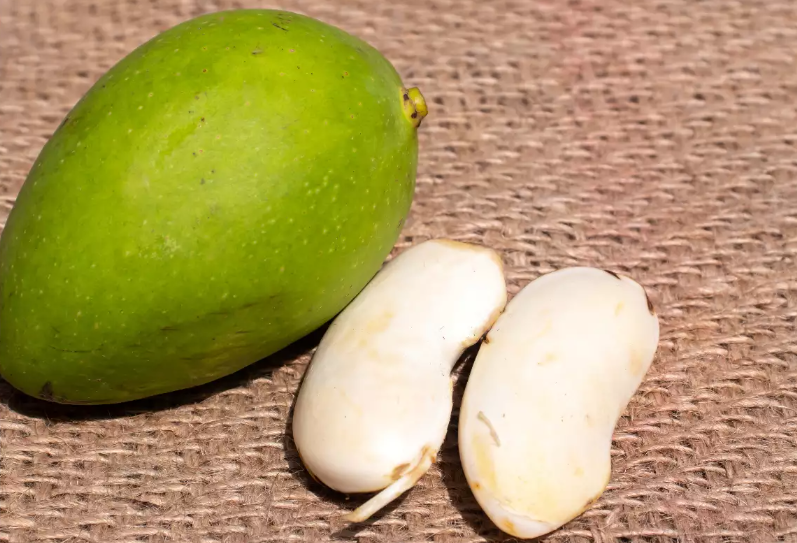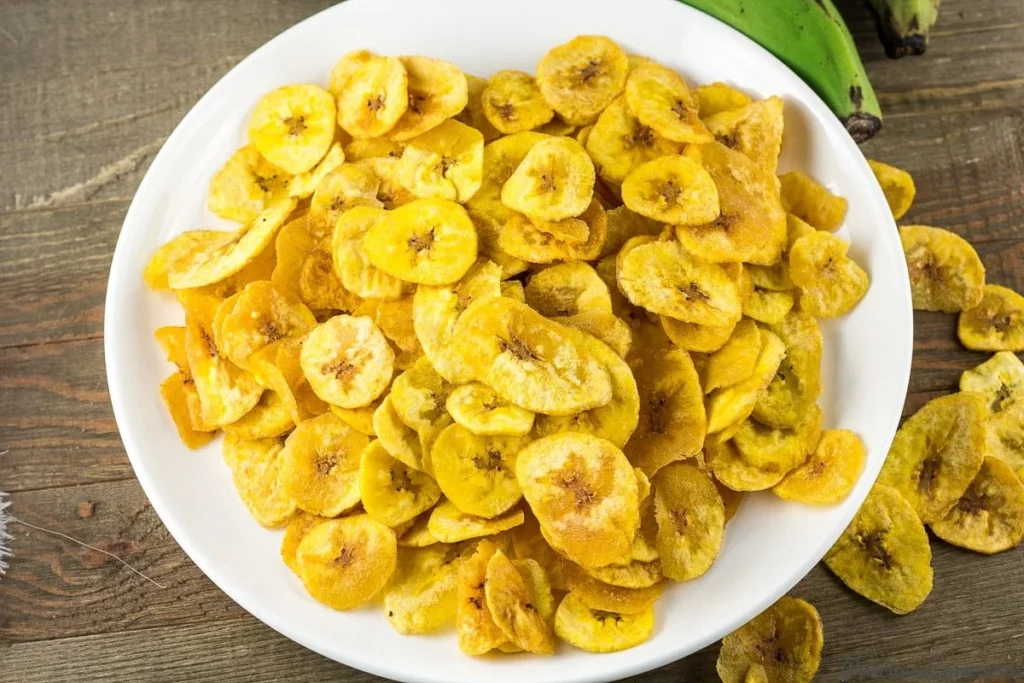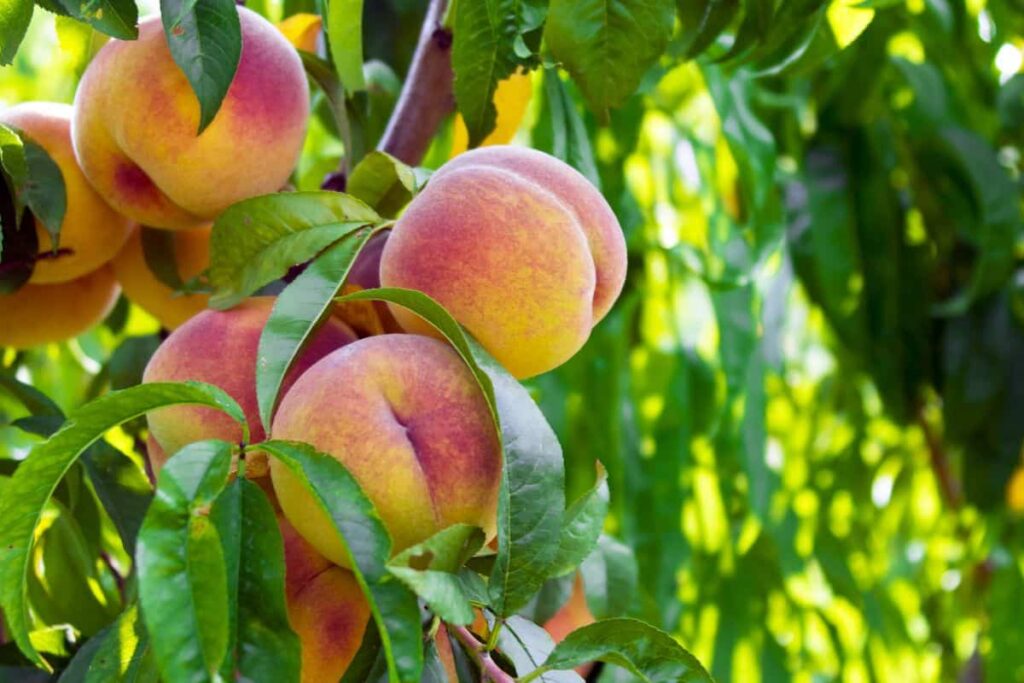Many people love pistachios because they’re tasty, satisfying, and full of good stuff like protein, fiber, and things that help keep you healthy. But when you look at the price, you’ll notice one big thing: pistachios can be really pricey. They cost more than many other nuts like almonds, cashews, or peanuts. Ever wonder why these little green nuts are so expensive? Let’s find out with 10 eye-opening reasons why you pay more for pistachios.
Table of Contents
- 10 Reasons Why Pistachios Are So Expensive
- 1. Low Yield per Tree
- 2. Growing Conditions
- 3. Labor Intensive Harvesting
- 4. Unique Processing Method
- 5. High Demand
- 6. Limited Availability
- 7. Vulnerability to Pests and Diseases
- 8. Transportation Costs
- 9. Market Speculation
- 10. Export Tariffs
- Wrapping Up
- FAQs
- Why are some pistachio nuts green and others are not?
- How long do pistachio trees take to produce nuts?
- Are all pistachio nuts grown the same way?
- Are there any health benefits to eating pistachio nuts?
10 Reasons Why Pistachios Are So Expensive
1. Low Yield per Tree
It takes quite a while for pistachio trees to start giving nuts, usually around 5-7 years. Even when they do start producing, each tree doesn’t give as many nuts as trees like almond or walnut trees do. So, there’s not a lot of nuts coming from each pistachio tree.
2. Growing Conditions
Pistachios usually grow in places with dry land and sandy soil, such as in California, Iran, and Turkey. They need water to grow, which means farmers have to irrigate the land, and that costs money. Plus, these trees are picky about the weather and temperature, which limits where they can be grown successfully.
3. Labor Intensive Harvesting
Gathering pistachios is a job that takes lots of hands. The nuts need to be shaken off the trees either by machines or by hand. After that, each nut must be checked and cleaned, which takes even more time and work, making the whole process more expensive.
4. Unique Processing Method
There’s a special way that pistachios need to be processed. They come in a hard shell that has to be taken off with machines designed for this job. This step, called “dehulling,” involves getting rid of the outer shell without breaking the nut inside.
5. High Demand
People really like pistachios, whether to snack on or to use in cooking. This high interest has made the nuts more expensive. And because they’re considered a healthy food, this popularity only makes them more in demand and pricier.
6. Limited Availability
Because pistachios can only grow in certain places, there aren’t too many of them around. There’s a limited supply of pistachios in the world, and this can make the price go up.
7. Vulnerability to Pests and Diseases
Pistachio trees can get sick or have problems with bugs and other pests. This can mean there are fewer nuts to harvest. What’s more, the money spent on keeping the trees safe from pests and diseases adds to the cost of producing pistachios.
8. Transportation Costs
Moving pistachios from where they grow to the store isn’t cheap. They have to travel long distances, which costs money, and they need special handling and packaging to keep them fresh during their trip.
9. Market Speculation
The price of pistachios, like many other things, can go up or down because of how the market is doing, the weather, and other factors that affect how much they cost and how much people want them.
10. Export Tariffs
Some countries where pistachios come from may put extra fees on them when they send them out of the country. For example, Iran, a big pistachio producer, can charge a 70% fee on pistachios they sell to other countries. This can make the price go even higher when you add it to other factors like being in demand and not having a lot of them.
Wrapping Up
There are many reasons why pistachios cost a lot, from how few nuts each tree makes to the special care and steps needed to prepare them for sale. Plus, their limited number, the need to protect them from illnesses and bugs, the costs of shipping, and changes in the economy all affect their price. Even though they’re expensive, people still buy them for their great taste and health benefits. So now you know, every time you enjoy pistachios, there’s a lot that goes into bringing this special nut to your table.
FAQs
Why are some pistachio nuts green and others are not?
The green color of pistachio nuts comes from chlorophyll, which is more common in nuts picked early. The ones picked later are not as green and look more beige.
How long do pistachio trees take to produce nuts?
Pistachio trees usually start producing nuts after 5-7 years.
Are all pistachio nuts grown the same way?
No, the way pistachios are grown can vary based on where they’re from and the local climate. But all need certain conditions and processing to grow right.
Are there any health benefits to eating pistachio nuts?
Yes, pistachios are full of protein, fiber, and good fats. They also have vitamins and minerals like vitamin B6, potassium, and iron, and they can help lower cholesterol and keep your heart healthy.
